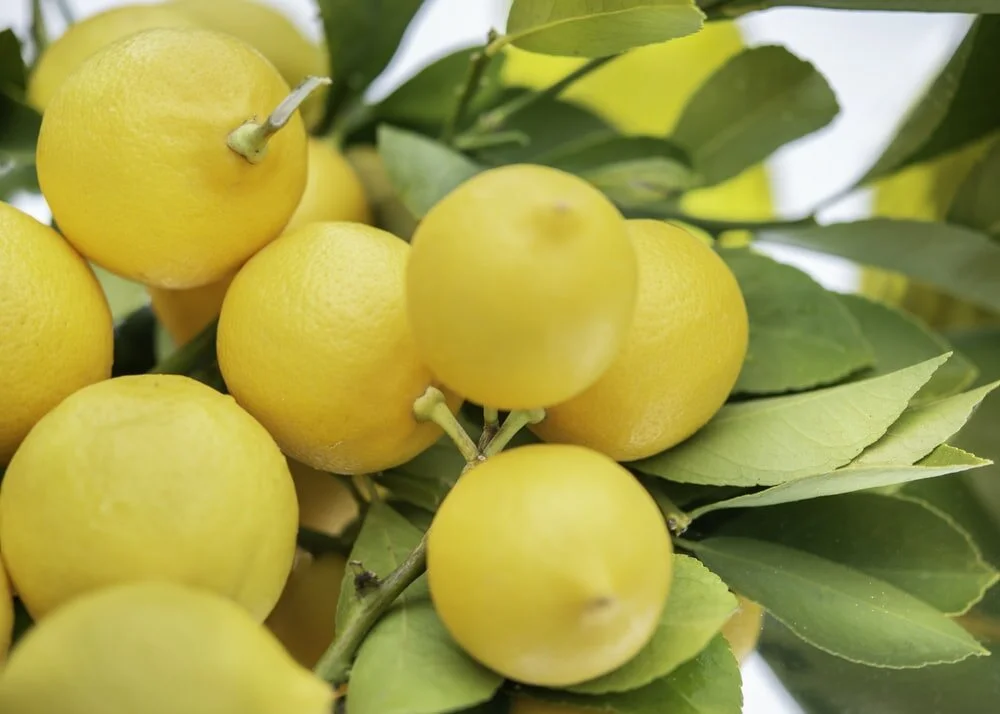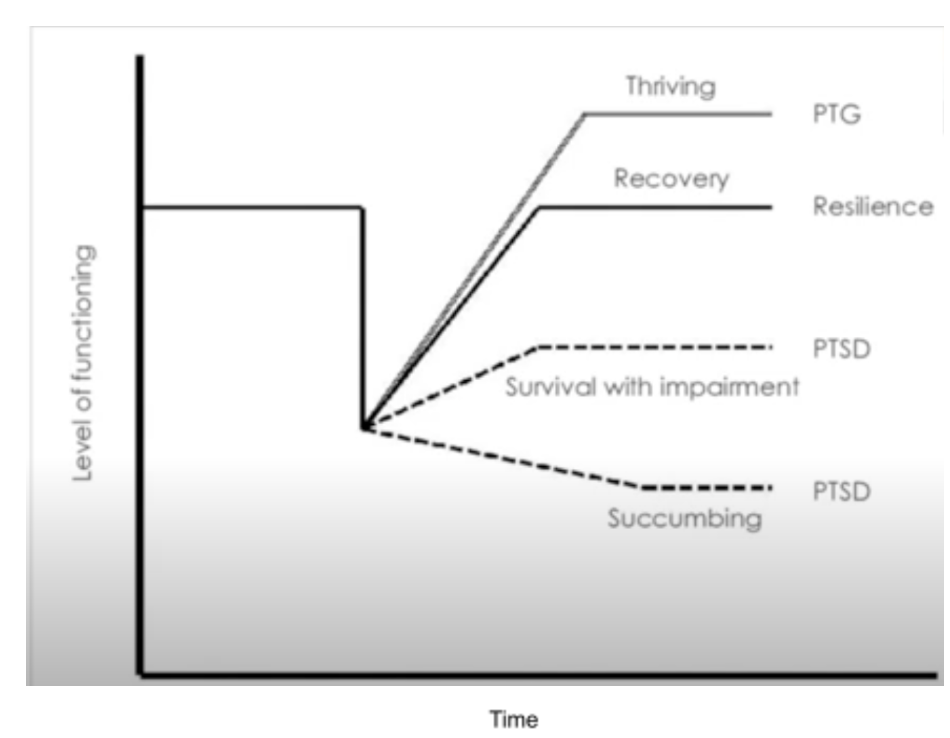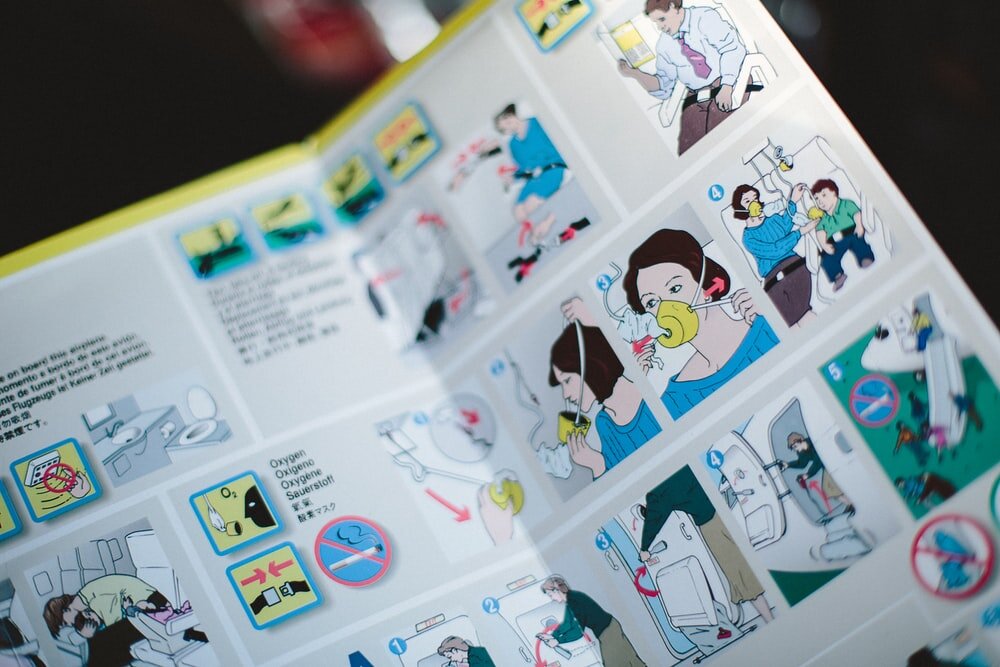We’re not out of the woods by any stretch of the imagination, but with rising vaccination levels and talk of opening up towards the end of the year, here at New Tech Network Australia, we’ve been considering this: as the pandemic starts to recede from the cortex of our minds, how do we make lemonade out of almost two years worth of lemons?
What is, and how do we build, post-pandemic growth?
In order to understand post-pandemic growth, we must first define trauma.
Trauma is an emotional response to a terrible event. It’s a subjective experience defined by one’s response to an event outside one’s own control.
According to public health professor, physician and adviser to US President Biden, Dr. Abdul El-Sayed, there are three ways to think about trauma:
Acute - self delimited, specific event
Chronic - ongoing without foreseeable endpoint
Complex - varied, multiple ongoing events
Statistics from Queensland University of Technology shows an increase in Domestic Violence during COVID-19
The pandemic we’ve been living through the last 18 months for most people has been a chronic trauma; it’s ongoing without a foreseeable end point. Many of us are still in lockdown, separated from loved ones overseas or in Australia, and we live with the anxiety of mutations and overseas variants. However, for a lot of our young people, this is a complex trauma as they deal with the pandemic itself and other sources of trauma. Here and around the globe rates of domestic violence surged as households endured significant stress through loss of livelihoods, illness and sadly for some, the loss of loved ones.
Post traumatic stress disorder (PTSD)
PTSD is a mental health condition that is triggered by a terrifying event - either experiencing it or witnessing it. Symptoms may include flashbacks, nightmares and severe anxiety, as well as uncontrollable thoughts about the event. As Dr Abdul El-Sayed stipulates, PTSD has a lot to do with a loss of control over our particular situation in a way that shakes our understanding of our own agency in the world.
Following trauma, there is a proportion of people who recover but are impaired by PTSD and a proportion who succumb to PTSD. However, despite how commonly we talk about PTSD, Dr El-Sayed states that those impaired by PTSD or who succumb to it, only make up 5-15% of people who have experienced long collective trauma. For example, only 10 - 15% of people in New York during 9/11 have long term symptoms of PTSD.
The more likely outcome, however, is actually Post-Traumatic Growth: a resilience that brings us back to our baseline level of functioning before that trauma, or there is actually a growth that happens because of that trauma.
What does it mean to have post traumatic growth in our students post-pandemic and how can we as teachers enable that both in ourselves and in our classrooms?
Just as athletes, body builders and those working to build muscle resistance know, if you lift heavy weights this time, you can do it again, and perhaps even lift heavier weights next time. The same is true for emotional strain - stressful events become less debilitating, and more likely viewed as “I’ve done it before, I can do this”.
Post Traumatic Growth looks like:
Personal resilience - I know I can rebound from this new challenge, just as I’ve done before
Stronger relationships - a sense of closeness comes from shared experience of trauma, recognising they are part of that personal resilience
Rethinking our bounds - re-imaging who we are in the face of challenges
Appreciation for life - realising what could have been lost, and cherishing moments with loved ones rather than taking them for granted
Spiritual growth - tapping in to our capacity to cope
While Australia may have fared better than most countries around the world, here in Australia we’ve lost over 1,000 people, and around the world 4.52 million people have died from COVID-19. This has been by many metrics the worst pandemic ever to hit humankind. That doesn’t even start to address the loss of livelihoods, domestic violence or mental health toll it has put on people across the globe. While it may be that COVID-19 does not affect children as badly as it does adults, each of those children are in households where parents are having to make difficult decisions each day to protect themselves, their children and their livelihoods.
How do we use the assets that we have to empower our young ones to achieve post-pandemic growth?
Calhoun and Tedeschi (2015) define 5 aspects for post-traumatic growth.
Education - why did this happen?
Examining the pandemic through the lens of history and previous pandemics or science and how viruses develop, the epidemiological curve, how and why it mutates, all help young people get a better understand of why this is happening right now
As we know this sadly won’t be the last traumatic event in their lives, this is also a real opportunity to teach young people about trauma - linking it to other traumatic events in the community or country such as bushfires or other natural disasters
Understanding the scientific probability of these events happening (even if we don’t know exactly when and where) bolsters our sense of agency and sense of locus of control over the world around us.
2. Emotional management - what were the silver linings?
There is no doubt the pandemic took so much away from all of us, and some people were more badly affected than others, but that doesn’t mean there weren’t some good things to come out of it. Discussions about these silver linings can help our students gain perspective. What changed, what move, what were some of the upsides? INSERT CLOUD IMAGE
3. Disclosure - what happened to you?
In helping our young people disclose what it was like for them, we’re giving them back a sense of control.
4. Narrative development - what’s my story?
In every good story, the hero experiences challenges. Through creating space in the return to school and empowering our students to write their own stories about their experiences of the pandemic, we allow them to be the hero, helping them process what just happened, and to see the things that they can control, and the goodness that may have evolved from the pandemic.
5. Service - empowering them to actually be a hero.
Through raising money for those doing it much tougher than them, contributing to the community through volunteer work in the lead up to Christmas for example. Through helping others, we can all regain our sense of agency.
Finally, an important point to make is that we as teachers should all be securing our own oxygen masks first.
This is an incredibly challenging school year, and many of us are really out of gas. As we continue to make efforts to support the students in front of us (in person or virtually), it’s really important that we support ourselves.
The same ideas around education, emotion management, disclosure, narrative development and service also apply to us as adults and our own post-traumatic growth.
As students return to face-to-face for many of us, there is likely going to be a feeling that we need to “make up for all the lost time”, but remember, just as we haven’t been in the classroom, neither have they. My kindy son will probably be just like he was in the first week of school back in January, and no doubt Year 7s will have just as many questions as they did back in Term 1. They are out of practice, and we as teachers will need to go low, and slow in order to meet them where they are at.
Giving space to help them to process what’s just happened to them is really important before we expect them to tackle complex thinking and learning in the classroom.
Reach out for more information about Social Emotional Learning, developing equitable, inclusive classrooms and student-centred learning with New Tech Network Australia. Through High Impact Project-Based Learning we’re transforming schools into inclusive learning communities across Australia.
Join our Deeper Learning Network for support, tools and powerful PD for your teachers today.






